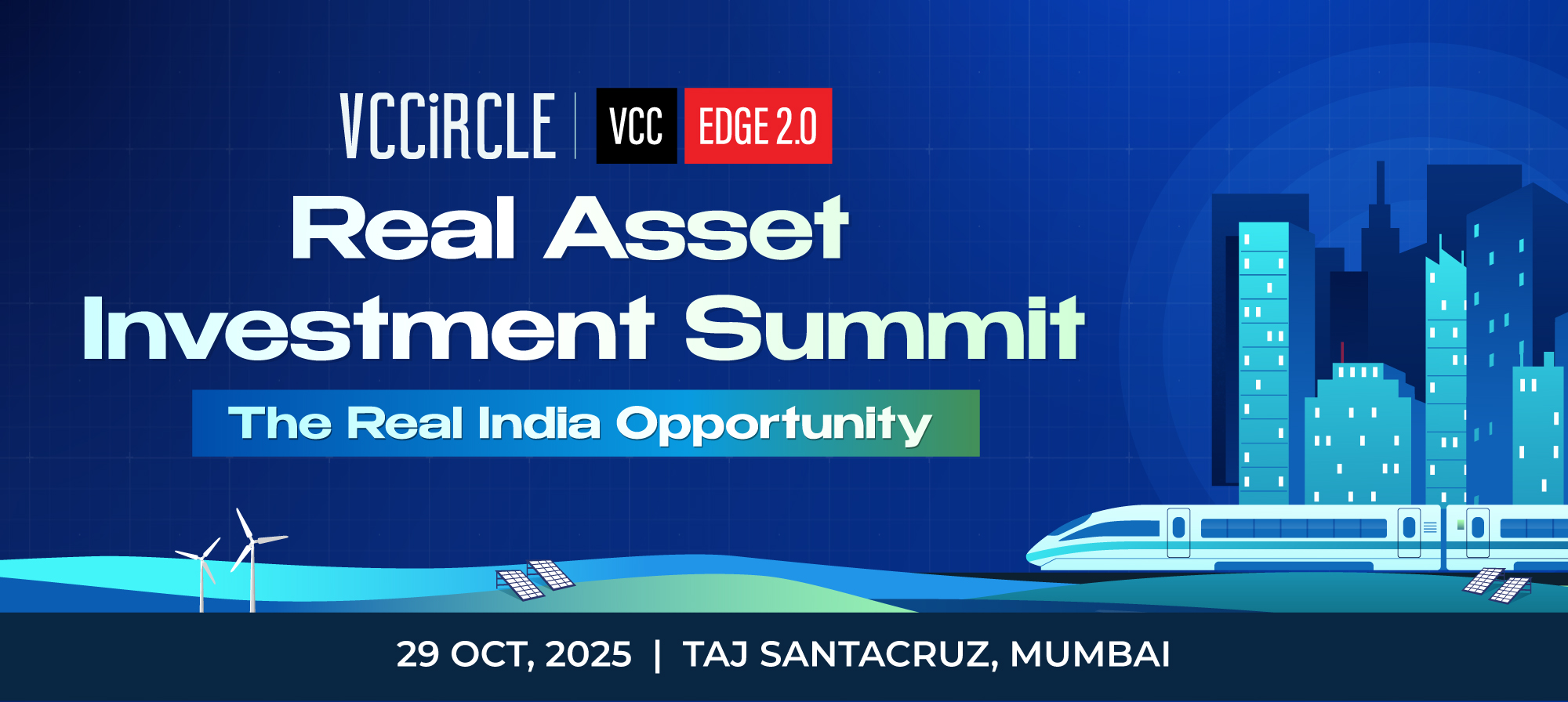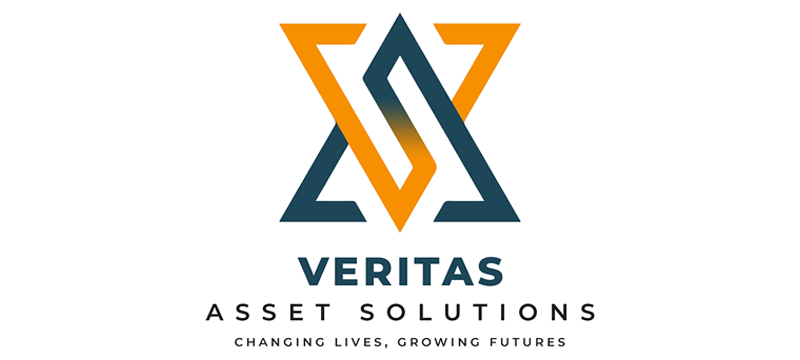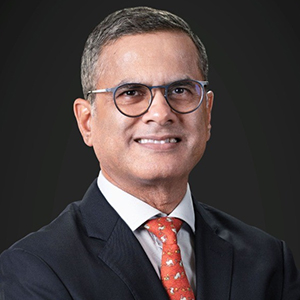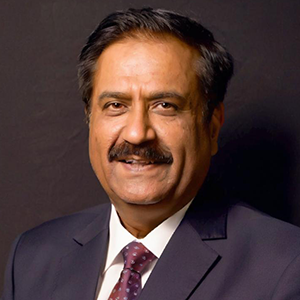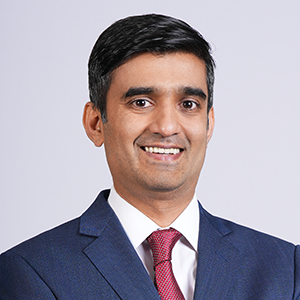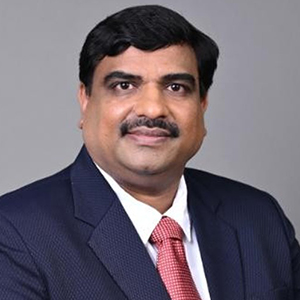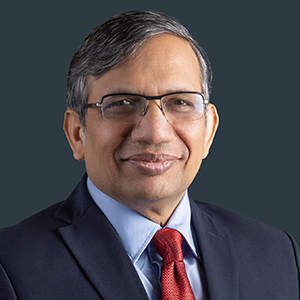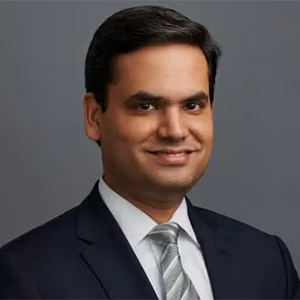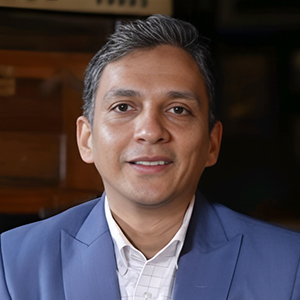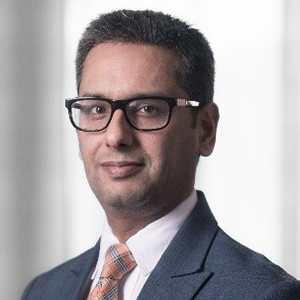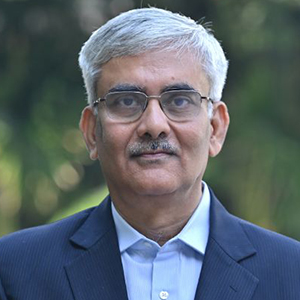About the Event
Agenda
-
9:15 AM – 9:20 AM
Welcome Address
-
9:20 AM – 9:30 AM
Special Address
Ankur Gupta, Deputy CIO & Head of Asia Pacific and Middle East, Brookfield
-
9:30 AM – 10:10 AM
Transport infrastructure: Riding on privatisation wave
The privatisation push of the last three decades for transport infrastructure, be it roads, airports or ports has certainly changed the overall profile of India’s readiness to drive a faster economic growth. That said a lot of opportunity is yet to be unlocked, especially in the railways side of the equation. What has been the experience of those operating highways and other transport infra in terms of economics? How do investors look at these assets in terms of returns? Has the gestation period shrunk over time and untangling of regulatory knots? How have various business models evolved?
Speakers:
Abhishek Arora, CIO, Maple Highways
Abhishek Chhajer, CFO, Highways Infra Trust
Vinay Sekar, CEO, Cube highway INvit
Satadru Goswami, Partner, Saraf and PartnersModerator:
Aman Malik, Senior Editor, VCCircle
-
10:10 AM – 10:30 AM
Fireside Chat - Mainstreaming Real Assets: Investing in India's Physical and Sustainable Future
As India accelerates its infrastructure and sustainability goals, Real Assets — once considered niche or illiquid — are now emerging as a mainstream investment class. In this Fireside Chat we shall explore how institutional innovation, product democratization, and a strong sustainability lens are reshaping the real asset landscape. From fractional ownership to green infra, and from policy alignment to global capital flows, this session offers deep insight into the evolving asset class that’s quietly powering India’s next decade of growth.
Speaker:
Subahoo Chordia, CEO, EAAA AlternativesModerator:
Anitesh Dharam, Business Head, VCCircle & VCCEdge
-
10:30 AM – 11:10 AM
What next for energy transition & green infrastructure?
Solar and wind power has been a big driver of India’s shift from dependence on thermal energy with emergence of a string of large players and many others trying to follow in their tread. ESG mandates and climate change concerns too have accelerated capital deployment. How is the next wave likely to play out in India’s renewable energy sector? How soon can the existing coal fired assets can be replaced by the greener cousin? Is there a scope of cleaning the unclean energy source as a short to medium term strategy given that the government intends to add more thermal energy capacity going forward? How about battery storage, hydrogen and ammonia as alternative feeds?
Speakers:
Pratyush Thakur, Country Head ( India), Blueleaf Energy
Jay Kumar Waghela, CEO Distributed Solar, Fourth Partner Energy
Pinaki Bhattacharyya, Founder, MD & CEO, AMPIN Energy Transition
Sanjeev Aggarwal, Founder & Chairman, Hexa ClimateModerator:
Aman Malik, Senior Editor, VCCircle
-
11:10 AM – 11:30 AM
Networking Break
-
11:30 AM – 12:10 PM
Blending the real assets opportunity: REIT & InvIT
Real estate investment trust and infrastructure investment trusts have opened a new window for both operators and investors in real assets to look at the wider opportunity in the country. What has been the experience of early adopters of these two models? Has there been a divergence in performance between REIT and InvITs? What more needs to be done to gain from this model from a regulatory perspective?
Speakers:
Ramesh Nair, MD & CEO, Mindspace REIT
Shirish Godbole, CEO, Knowledge Realty Trust
Amit Shetty, CEO, Embassy REIT
Alok Aggarwal, CEO & MD, Brookfield PropertiesModerator:
Aman Malik, Senior Editor, VCCircle
-
12:10 PM – 12:40 PM
Building Digital Bharat: Overcoming Challenges & Seizing Opportunities in Digital Infrastructure
What started with telecom infra with rollout of towers as the communication revolution took over India, has now moved to another level and platforms such as Aadhaar, UPI, DigiLocker, and the Open Network for Digital Commerce (ONDC) have transformed financial inclusion, e-governance, and commerce, bringing millions into the digital fold. However, significant challenges remain. How are digital infra operators be it towers and data centre businesses overcoming the problems? How can long term investors participate in the growth of digital infra and what has been the experience of early investors and operators in the field? How can firms build exit-ready structures for IPOs or tech operator buy-ins? Can hyperscale partnerships be the driver of long-term infrastructure control?
Speakers:
Prashant Jain, Head-Corporate Centre, L&T Group
Suresh Rathod, President Colocation, CtrlS DatacentersModerator:
Roshan Abraham, Senior Correspondent, VCCircle
-
12:40 PM – 1:10 PM
Climate Policy Brief: Green Energy and Infrastructure
India’s climate policies drive green energy and infrastructure, vital for real assets investment. The National Solar Mission targets 500 GW renewable capacity by 2030, supporting solar and wind projects. The FAME scheme advances EV infrastructure, while green bonds fund clean energy. But regulatory hurdles and high costs challenge progress, requiring public-private partnerships (PPPs) via the National Infrastructure Pipeline. Investors can leverage tax incentives and ESG frameworks for decarbonization, collaborating with policymakers for scalable, resilient investments.
Speaker:
Shabana Bajari, CFO, KP Energy Ltd.
Anjan Ghosh, Advisor, Climate Policy InitiativeModerator:
Aman Malik, Senior Editor, VCCircle
-
1:10 PM – 2:00 PM
Networking Lunch
-
2:00 PM – 2:30 PM
Family Offices: Key Stakeholder in Real Assets
Real assets combine the touch and feel factor of a real estate property and long term income generation capability of an infrastructure or commercial building. Not surprisingly, real asset is an important part of the money allocation pie chart for family offices. How do family offices weigh their real asset investment strategy versus other alternatives? Is it just a risk diversification play? How is the investment strategy changing with new products that have evolved in the last decade with REITs and InvITs?
Speakers:
Avinash Dulani, VP- Investments , Thakor Family Office
Vinay Rangani, CIO, Graviss Family Office
Yash Poddar, CIO and COO, Viansh Ventures (Vikas Poddar Family Office)Moderator:
Prithvi Durai, Senior Correspondent, VCCircle
-
2:30 PM – 3:00 PM
Homing in on residential: Taking the success of commercial realty to residential space
The commercial realty space has seen a big change over the last decade with large institutional ownership of income generating projects. The residential side of the market remains fragmented and dealmaking largely involves short term quasi debt funding. How can developers and investors spice up residential realty with new products and even creating income generating assets like the developed markets? Which regional pockets and cities can bring the next set of opportunity as top markets see virtual decline of real ‘affordable’ housing with asset price shooting up? How can developers still offer affordable housing in metro cities?
Speakers:
Saurabh Rathi, Managing Director & Co-head, Real Estate Funds, Motilal Oswal Alternates
Bhavya Bhagrecha, Fund Manager, Bharat Bhoomi Fund
Sunil Pareek, Executive Director & CIO, Assetz Property GroupModerator:
Prithvi Durai, Senior Correspondent, VCCircle
-
3:00 PM – 3:20 PM
Fireside Chat- Building Tomorrow's Infrastructure: Macquarie's Playbook in India
Building Tomorrow's Infrastructure: Macquarie's Playbook in India From highways to digital assets, how is Macquarie deploying diverse capital pools—including its balance sheet—to fuel India's infrastructure boom while navigating deal complexities?
Speaker:
Abhishek Poddar, India Country Head, Macquarie GroupModerator:
Aman Malik, Senior Editor, VCCircle
-
3:20 PM – 3:40 PM
Networking Break
-
3:40 PM – 4:10 PM
Platform play for real assets: Digital, Financial & Collaborative Solutions
Large alternative investors, pension funds and sovereign wealth funds have created platforms to play in real assets. How has that strategy turned out for these long term investors? What are the learnings and how can the model be fine-tuned further for best execution and lucrative returns? How can financial investors best navigate operational challenges in taking the reins of such platforms?
Speakers:
Pawan Parikh, CEO, Safeway Concessions
Ankur Trehan, Principal, Long Life Infrastructure, Actis
Abhinav Agarwal, CIO, Zelestra IndiaModerator:
Aman Malik, Senior Editor, VCCircle
-
4:10 PM – 4:40 PM
Industrial Logistics: A dark horse
Overshadowed by the big money flowing in office properties and the consumer facing residential side of real estate, is industrial properties going through its own renaissance. Supported by wide scale enhancement and capacity building in logistics and warehousing besides growth of ecommerce, industrial real estate is also a big booming business. Investors are increasingly targeting these segments for stable returns and long-term appreciation, with Tier-2 and Tier-3 cities emerging as new hotspots for development and investment. At what stage is India’s industrial real estate growth? How are government initiatives, such as the National Industrial Corridor and Smart Cities Mission, shaping the future of these sectors? What trends are emerging in tenant preferences, especially regarding technology integration, sustainability, and experiential retail? What are the major challenges—regulatory, infrastructural, or financial—facing developers and investors in these segments? How can stakeholders leverage REITs, digital platforms, and innovative funding models to maximize returns in industrial real estate?
Speakers:
Tapan Bhatt, COO, Ascendas Firstspace
RK Narayan, President Strategy & Business Development, Horizon Industrial Parks (a blackstone company)
Nirav Kothary, Director, Godwitt ConstructionModerator:
Ajay Ramanathan, Special Correspondent, VCCircle
-
4:40 PM – 5:10 PM
Proptech: What next?
Proptech used to be a battlefield of classified ventures but after the consolidation in that segment a decade back, various other players have emerged They are into co-working, student housing, interior design and more. How have some of the newer sub-segments within proptech performed? What are the success mantras among those breakout players? Which segments are showing signs of a new set of opportunity to be tapped?
Speakers:
Murali Krishna V, Head, SPYRE Proptech Venture Fund
Sumit Lakhani, CEO, Awfis
Keshav Jain, CIO, Earth Fund
Sanjay Mandava, Founder & CEO, LandeedModerator:
Ajay Ramanathan, Special Correspondent, VCCircle
Speakers '25
Vinay Rangani
CIO, Graviss GroupPratyush Thakur
Country Head (India), BlueLeaf EnergyAbhishek Arora
CIO, Maple HighwaysAbhishek Chhajer
CFO, Highways Infra TrustAvinash Dulani
VP- Investments, Thakor Family OfficeVinay Sekar
CEO, Cube Highways InvITTapan Bhatt
COO-logistics business, Ascendas Firstspace (A capitaLand-Firstspace joint venture)Ramesh Nair
MD & CEO, Mindspace REITVivek Sen
India Head, Climate Policy InitiativeRK Narayan
President Strategy & Business Development, Horizon Industrial Parks (a blackstone company)Shirish Godbole
CEO, Knowledge Realty TrustSaurabh Rathi
Managing Director & Co-head, Real Estate Funds, Motilal Oswal AlternatesPawan Parikh
CEO, Safeway ConcessionsAmit Shetty
Chief Executive Officer, Embassy REITBhavya Bhagrecha
Fund Manager, Bharat Bhoomi FundJay Kumar Waghela
CEO Distributed Solar, Fourth Partner EnergyAlok Aggarwal
CEO & MD, Brookfield PropertiesSanjeev Aggarwal
Founder and Executive Chairman, Hexa ClimatePinaki Bhattacharyya
Founder, MD and CEO, AMPIN Energy TransitionNirav Kothary
Director, Godwitt ConstructionSubahoo Chordia
CEO, EAAA AlternativesMurali Krishna V
Head, SPYRE Proptech Venture FundShabana Bajari
CFO, KP Energy Ltd.Ankur Gupta
Deputy CIO & Head of Asia Pacific and Middle East, BrookfieldSumit Lakhani
CEO, AwfisSunil Pareek
Executive Director & CIO, Assetz Property GroupYash Poddar
CIO and COO, Viansh Ventures (Vikas Poddar Family Office)Prashant Jain
Head-Corporate Centre, L&T GroupAnkur Trehan
Principal, Long Life Infrastructure, ActisSuresh Rathod
President, Colocation, CtrlS DatacentersAnjan Ghosh
Advisor, Climate Policy InitiativeKeshav Jain
CIO, Earth FundSanjay Mandava
Founder & CEO, LandeedSatadru Goswami
Partner, Saraf and PartnersOur Sponsors & Partners





Do you have any queries?
Drop us a line and we will call you.

